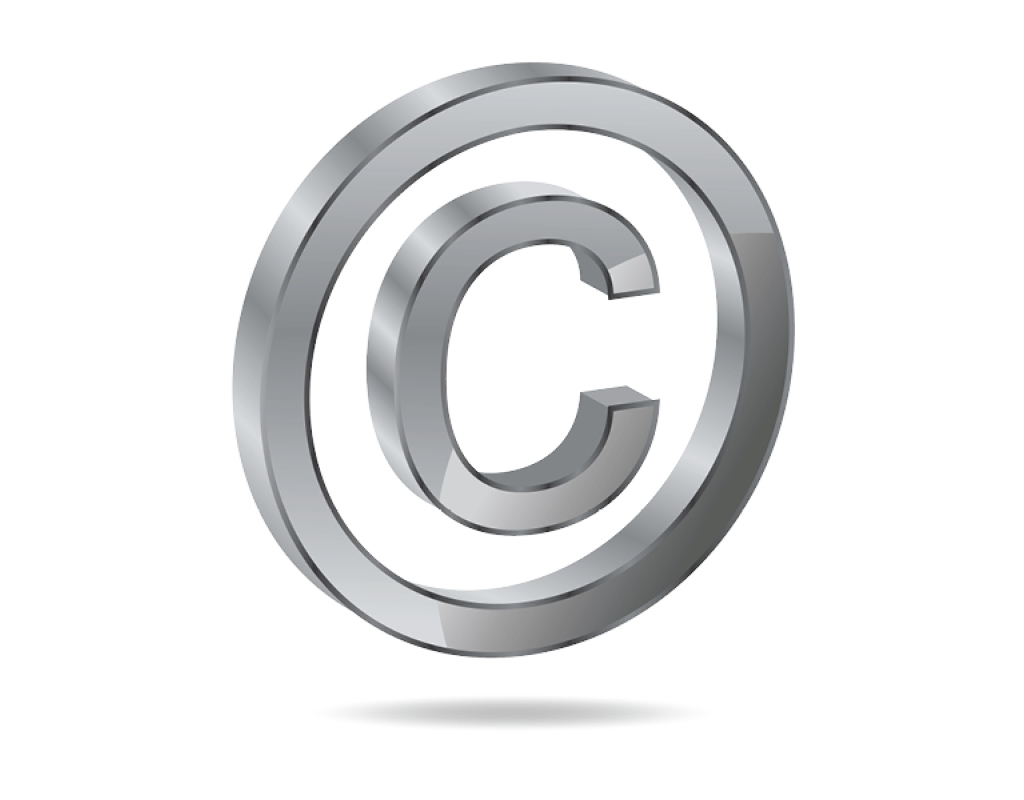Does my copyright prohibit people from copying small parts of my book?
This is one of the most common questions facing well-intentioned people: Is it permissible to take a copyrighted book and copy a few pages? Libraries have copying machines for this purpose, so it seems like it’s OK. But what, then, does the copyright mean?
The Spirit of Copyright
Most people assume that the goal of copyright law is to protect the author from having his title stolen by another person, leaving him with nothing to show for all of his hard work.
However, there is a deeper purpose behind the law. In fact, the first US copyright law was titled “An Act for the Encouragement of Learning.” What does that mean? How does copyright encourage learning? The answer is that without copyright protection, people might refrain from producing new works out of fear that they would be copied.
However, this very mechanism intended to encourage learning can be its own undoing. If we take the copyright law by its literal meaning – that every single item that is copyrighted is forbidden to use without permission, then it would be extremely difficult to be creative or to learn. After all, where do we gain our knowledge if not through others’ material? If we can’t even cite their work, how can we expand knowledge in the world?
Fair Use
Therefore, the copyright system set into practice a doctrine of fair use whereby under certain conditions a copyrighted work can be used without its owner’s permission. In the words of the US Copyright Office: “Fair use is a legal doctrine that promotes freedom of expression by permitting the unlicensed use of copyright-protected works in certain circumstances.”
US law gives four general rules for making fair use of copyrighted material: purpose of use, nature of work, amount of usage, and negative effect. For better or for worse, the law was purposely written in a vague manner, leaving the final judgment to the courts to determine whether a particular usage constitutes fair use or not.
The definitions of these four principles of fair use that follow are quoted from the US Copyright Office website.
Purpose of Use
“Purpose and character of the use, including whether the use is of a commercial nature or is for nonprofit educational purposes: Courts look at how the party claiming fair use is using the copyrighted work, and are more likely to find that nonprofit educational and noncommercial uses are fair. This does not mean, however, that all nonprofit education and noncommercial uses are fair and all commercial uses are not fair; instead, courts will balance the purpose and character of the use against the other factors below. Additionally, ‘transformative’ uses are more likely to be considered fair. Transformative uses are those that add something new, with a further purpose or different character, and do not substitute for the original use of the work.”
Nature of Work
“Nature of the copyrighted work: This factor analyzes the degree to which the work that was used relates to copyright’s purpose of encouraging creative expression. Thus, using a more creative or imaginative work (such as a novel, movie, or song) is less likely to support a claim of a fair use than using a factual work (such as a technical article or news item). In addition, use of an unpublished work is less likely to be considered fair.”
Amount of Usage
“Amount and substantiality of the portion used in relation to the copyrighted work as a whole: Under this factor, courts look at both the quantity and quality of the copyrighted material that was used. If the use includes a large portion of the copyrighted work, fair use is less likely to be found; if the use employs only a small amount of copyrighted material, fair use is more likely. That said, some courts have found use of an entire work to be fair under certain circumstances. And in other contexts, using even a small amount of a copyrighted work was determined not to be fair because the selection was an important part – or the ‘heart’ – of the work.”
Negative Effect
“Effect of the use upon the potential market for or value of the copyrighted work: Here, courts review whether, and to what extent, the unlicensed use harms the existing or future market for the copyright owner’s original work. In assessing this factor, courts consider whether the use is hurting the current market for the original work (for example, by displacing sales of the original) and/or whether the use could cause substantial harm if it were to become widespread.”
Being Practical
The courts hear cases of fair use all the time, and it is very difficult to predict how they will rule. In order to prove fair use it is not necessary to fulfill all four of the criteria listed above. The courts view them merely as guides, and they interpret the law according to their judgment.
Here are the courts’ tendencies:

My practical advice to my authors is to try to follow all of these four guidelines. If you are still in doubt, err on the side of caution.
If it is critical that you include questionable material in your book, you could approach a lawyer who deals with copyright law, show him the manuscript, and hire him to write an “opinion of counsel” letter. It doesn’t guarantee you won’t be sued, but if you are, the repercussions could be less serious.
This concludes our three-part series on copyrighting books. I hope you enjoyed it and will be more relaxed making the necessary decisions to achieve your publishing goals.


Leave A Comment